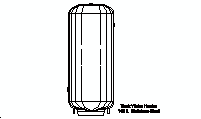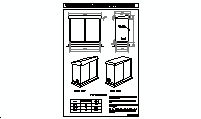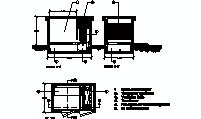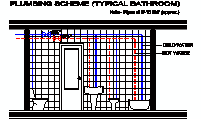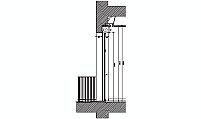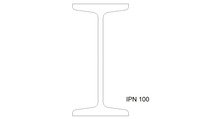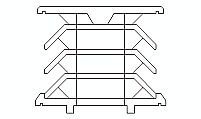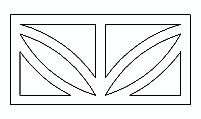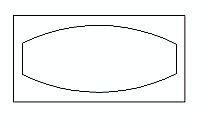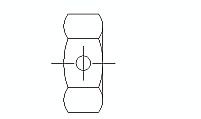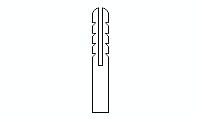CAD Blocks categories
 3D models
3D models home furniture
home furniture sanitary ware - bathrooms
sanitary ware - bathrooms professional equipment
professional equipment doors and windows
doors and windows people and animals
people and animals plants and trees
plants and trees vehicles - transports
vehicles - transports architectural details
architectural details mechanical - electrical
mechanical - electrical urban planning - civil works
urban planning - civil works safety health construction
safety health construction accessible design
accessible design drawing sheet
drawing sheet signals
signals construction machinery
construction machinery accessories and objects
accessories and objects maps and street maps
maps and street maps
Residential Heating Boiler: CAD Details and Features

size: 22 kb
category: electrical, mechanical and HVAC
related categories:
description: residential heating boiler in a side elevation view, highlighting the burner assembly, water tank, piping, and exhaust system.
file extension: .dwg CAD - AutoCAD software
Explore Dimensions, Features, and Standards of Residential Heating Boilers
Technical Description of the Residential Heating Boiler
The residential heating boiler illustrated in this side elevation view comprises several key components. The burner assembly is located on the left side, responsible for heating the water inside the tank. The main tank is cylindrical, supported by two sturdy brackets for stability, and includes connections for hot water outflow and return. The top of the boiler features a pressure relief valve and an exhaust vent for releasing gases, ensuring compliance with safety standards.
Other notable elements include the piping system on the right side, which allows for the circulation of water to the heating system. These systems are commonly equipped with insulated pipes to prevent heat loss. Boilers like this are used in residential applications to provide efficient and consistent heating through hydronic systems or radiators.
Dimensions and Performance Metrics
The boiler's typical dimensions are approximately 60 cm x 150 cm (about 24 in x 59 in) for a residential unit, depending on the manufacturer. The tank's capacity generally ranges between 20 to 50 gallons (76 to 189 liters), suitable for residential heating needs. The burner assembly is compact and designed to provide optimal fuel efficiency while ensuring consistent water heating.
Performance metrics include an Annual Fuel Utilization Efficiency (AFUE) of 85% to 95%, meeting U.S. Department of Energy (DOE) regulations for residential boilers. Many boilers also comply with ENERGY STAR standards, indicating high energy efficiency and reduced environmental impact.
Standards and Installation Guidelines
- What safety standards do residential boilers follow?
- Residential boilers must comply with ANSI Z21.13 and ASME Boiler and Pressure Vessel Code Section IV, ensuring safe operation and construction.
- What are the venting requirements?
- Proper venting with stainless steel or PVC pipes is required to handle combustion gases, following NFPA 54/ANSI Z223.1 guidelines.
- What fuel types are compatible?
- Boilers are compatible with natural gas, propane, or oil, depending on the model and burner assembly.
- How is the boiler sized?
- Sizing is based on the home's square footage and heating demand, calculated using a Manual J Load Calculation.
- What additional components are required?
- Expansion tanks, circulator pumps, and zone valves are often included in residential boiler systems for optimal performance.
Advantages of Residential Heating Boilers
Residential heating boilers offer several advantages over forced-air systems. They provide consistent heat distribution through radiators or underfloor systems, resulting in improved comfort and energy efficiency. Boilers are quieter, as they do not rely on noisy fans for air circulation.
Additionally, boilers have a longer lifespan, often exceeding 15 to 20 years with proper maintenance. They are compatible with renewable energy sources such as solar thermal systems, making them an environmentally friendly option for residential heating needs.
Evolution and Global Standards for Boilers
The history of residential boilers dates back to the late 19th century when steam systems were popularized for home heating. Modern advancements have led to the development of condensing boilers, which maximize heat recovery and minimize fuel consumption, significantly improving efficiency.
Globally, boilers are manufactured to meet diverse standards, such as BS EN 12952 in Europe and CSA B140.12 in Canada. These standards ensure reliability, safety, and compatibility with different heating systems worldwide.





